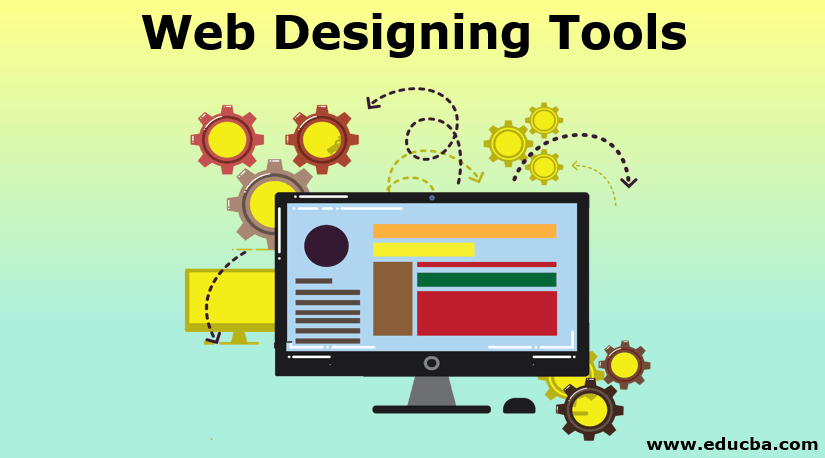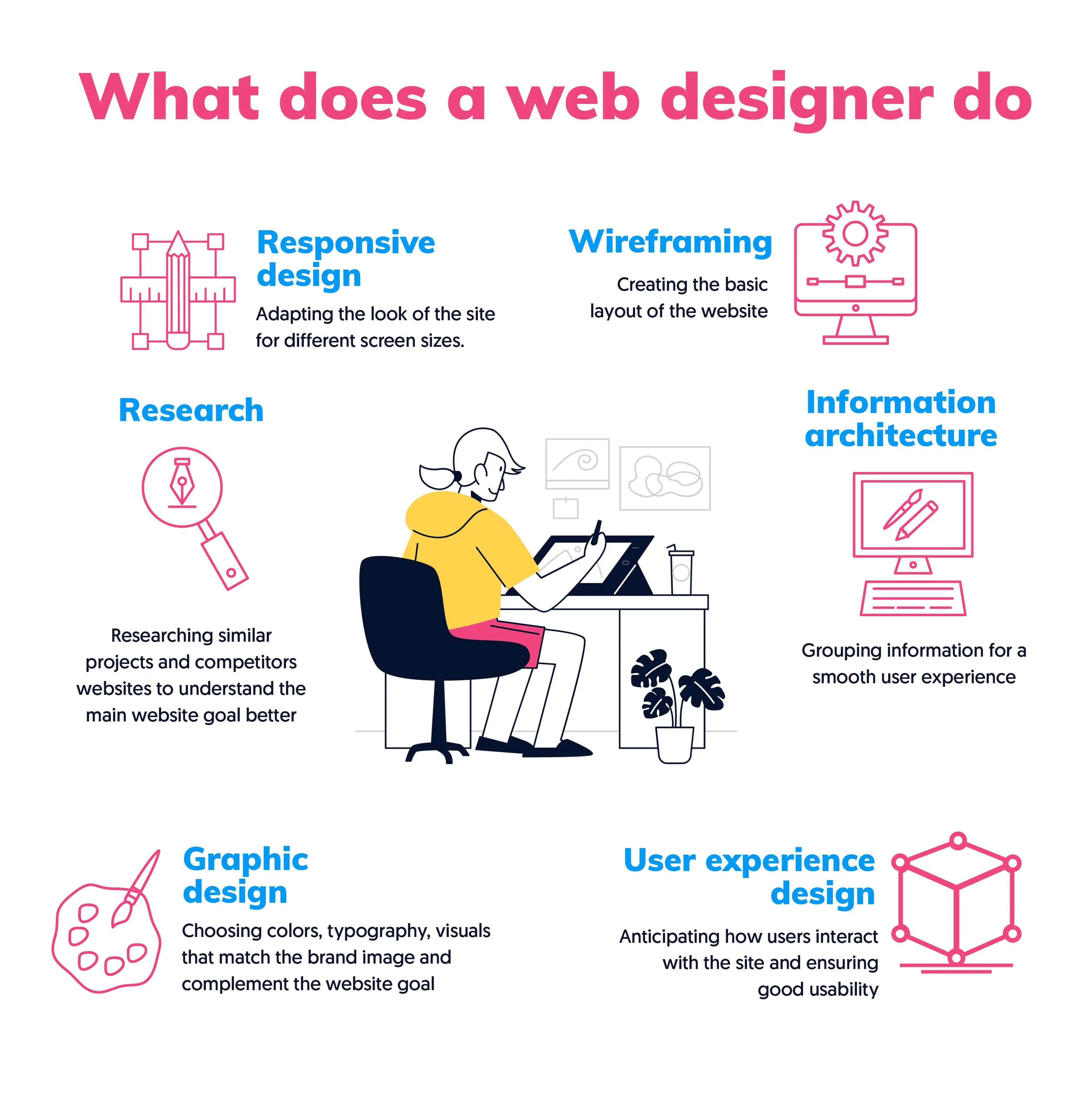The Very Best Types of Website Design to Enhance User Experience and Engagement
In the ever-evolving landscape of digital communication, the effectiveness of website design considerably impacts customer experience and interaction. Various style strategies, such as minimal, responsive, and interactive designs, each deal special benefits that can satisfy varied user demands. Comprehending which sorts of website design ideal offer these purposes can be crucial for organizations intending to improve consumer contentment and retention. The inquiry remains: which layout aspects really resonate with individuals and foster meaningful involvement? The exploration of these concepts discloses essential understandings that might redefine your method to Web design.
Minimal Website Design
As electronic landscapes become significantly cluttered, minimalist website design has actually arised as an effective approach to boosting individual experience. This layout viewpoint prioritizes simpleness, concentrating on crucial aspects while getting rid of unneeded distractions. By making use of enough white area, straightforward navigating, and a restricted shade palette, minimal layout promotes clarity and directs user interest to essential content.
The core concept of minimalist Web style is to produce a smooth communication for users. By lowering cognitive tons, users can promptly realize details without feeling bewildered. This direct strategy not only boosts usability however likewise urges engagement, as visitors are more probable to check out a website that is easy and aesthetically attractive to navigate.
Furthermore, minimal layout usually stresses typography and images, using these elements purposefully to communicate messages effectively. This concentrate on important parts can enhance brand name identification and develop a remarkable user experience. Basically, minimal Web design is not just a trend; it is a thoughtful method that recognizes the value of user-centered style. By stripping away peripheral components, designers can develop a more appealing, efficient, and enjoyable Web experience for all customers.
Receptive Web Layout
In today's varied digital setting, receptive Web design has come to be crucial for developing a smooth individual experience across a plethora of devices. As users gain access to websites on smartphones, laptop computers, tablet computers, and desktop computers, the capability of a website to adjust its design and material to different screen dimensions and resolutions is important.
Receptive website design employs adaptable grids, pictures, and CSS media questions to ensure that Web material is offered ideally, despite the tool made use of. This strategy not only improves the aesthetic charm of a website but likewise significantly improves functionality. Users are more probable to involve with a website that uses a constant experience, as it eliminates the frustration of needing to zoom in or scroll excessively.
By embracing receptive style, businesses can improve their exposure and get to a broader audience. In recap, receptive Web style is a basic practice that improves individual experience, engagement, and general satisfaction.
Interactive Website Design
Receptive website design lays the groundwork for boosting user experience, however interactive Web layout takes this a step even more by involving individuals in a much more vibrant means - Aligned Position Web Design. By incorporating elements such as computer animations, clickable models, and real-time feedback, interactive website design mesmerizes individuals, attracting them right into a richer browsing experience
This approach not only promotes interaction however additionally urges users to explore content actively as opposed to passively eating it. Techniques such as gamification, where users make rewards for finishing jobs, can significantly enhance the moment spent on a site and enhance general contentment. Furthermore, interactive features can streamline intricate info, making it extra delightful and absorbable.

Including interactive design aspects can additionally lead to higher conversion prices, as customers are more probable to involve with a site that proactively involves them. Aligned Position Web Design. Eventually, interactive website design transforms individual experiences right into memorable trips, ensuring that visitors return time after time
Apartment Design
Identified by its minimalistic approach, flat design emphasizes simplicity and functionality, removing unneeded components hop over to here and concentrating on crucial attributes. This layout philosophy focuses on usability, guaranteeing that individuals can navigate interfaces with ease and efficiency. By employing a tidy aesthetic, level layout removes the mess usually located in much more elaborate styles, thus enhancing user emphasis on material and functionality.
The trademark of flat layout exists in its usage of strong colors, simple typography, and geometric forms. These components add to a visually appealing user interface that is both contemporary and approachable. In addition, flat design cultivates a sense of clarity, permitting customers to determine important activities and info without interruption.
Furthermore, flat style is particularly efficient in receptive website design, as its simpleness equates well throughout different devices and display sizes. The lack of complex structures and slopes lessens loading times, which is vital for preserving customer engagement. As digital landscapes remain to evolve, level design stays a relevant option for creating easy to use internet sites that improve total experience. By concentrating on vital features, flat style not just meets customer needs however additionally encourages seamless interaction, making it a vital element of reliable Web design approaches.
Flexible Web Layout
Adaptive Web design customizes the customer experience by developing numerous fixed layouts tailored to different screen sizes and gadgets. Unlike receptive layout, which fluidly readjusts a solitary format, flexible layout employs distinct layouts for particular breakpoints, guaranteeing ideal presentation on different platforms. This strategy permits developers to concentrate on the one-of-a-kind features of each tool, improving usability by delivering precisely what customers require based upon their context.
One of the primary advantages of adaptive website design is its capability to optimize load times and efficiency. By offering customized material and images that fit the customer's tool, web sites can lessen information use and enhance loading speeds. This is specifically beneficial for customers with slower connections or restricted data plans.

In addition, adaptive style promotes a much more regulated and regular branding experience. Given that designers produce multiple designs, they can make sure that the visual aspects line up with the brand name's identification across different systems - Aligned Position Web Design. This leads to a natural customer experience, enhancing engagement and promoting individual retention
Verdict
Finally, the assimilation of minimal, receptive, and interactive website design principles substantially boosts customer experience and engagement. Minimalist design promotes clearness and focus, while receptive style makes certain adaptability across various devices, promoting ease of access. Interactive design mesmerizes users with vibrant elements, urging exploration and personalization. Collectively, these style approaches contribute to the development of user-friendly settings that not just boost contentment yet additionally drive greater conversion prices, highlighting their crucial significance in modern Web layout techniques.

Minimalist style promotes clearness and emphasis, while responsive style makes sure adaptability across different gadgets, promoting get more ease of access. Collectively, these style approaches contribute to the production of user-friendly environments that not only improve satisfaction see this here but additionally drive greater conversion prices, emphasizing their crucial importance in contemporary Web layout methods.